Vivo’s mid-range phones, the S1 and S1 Pro – were released together. Both phones offer fantastic build quality, beautiful design, and great features, but which one should you get?
In this article, we compare Vivo S1 and S1 Pro to help you decide which phone is the right one for you and why. Let’s dive right in.
Display
One of the best features for both phones- and the first place to start with this comparison- is the display.
The quality and performance of both phones’ displays is about the same as both have a FullView Display with a 90% screen-to-body ratio, same size (6.38-inch Super AMOLED), resolution (1080p FullHD+), with magnificent colors with good contrast.
Equal points for both phones here.
All of this adds up to provide a stellar media consumption and gaming experience thanks to their great colors and high screen to body ratio, which lends itself well to a full-screen immersive experience. The S1 Pro is also optimized for dark mode, which makes it easier on the eyes in dim environments and also helps save battery.
Design
Next, let’s take a look at each phone’s design. We believe this to be one of the major differences between S1 and S1 Pro.
The phones have been designed to be equally captivating, keeping the needs of different people in mind.
The S1 comes with a plastic back and frame. This is in line with what smartphones in this price range usually offer, and it doesn’t necessarily mean that the build quality is bad. In fact, Vivo S1 still feels nicer in the hand thanks to its heft and feels like it could easily survive a few drops.
To top it off, the S1 comes in two color options: Diamond Black and Skyline Blue, and the gradient design changes the look of the phone in different lighting conditions.
The S1 Pro, on the other hand, offers a more premium experience with its aluminum frame and glass back which feels much nicer compared to plastic. According to Vivo, the inspiration behind the design was jewelry, and it shows in some elements of the phone like the diamond-shaped camera module on the back.
Colors offered on the S1 Pro are Dreamy White and Mystic Black.
Cameras
Now, this is where things get exciting. Starting with Vivo S1’s triple camera setup, it consists of a 16 MP main camera with an f/1.8 aperture, an 8 MP ultra-wide camera with f/2.2 aperture, and a 2 MP depth sensor.
On the front of the phone, you’ll find a 32 MP sensor with an f/2.0 aperture.
The triple camera setup on the S1 offers much more versatility than what a single or dual camera setup offers. The main sensor can take high quality and sharp looking shots in good lighting and the large f/1.8 aperture offers that same experience in dim conditions as well.
The 8MP ultra-wide ensures that you can get everything in a single frame without having to adjust yourself to the environment and letting your phone do the work for you.
When it comes to S1 Pro, Vivo has certainly stepped up its game. The S1 Pro offers a quad-camera with the addition of a 2MP macro camera and makes improvements over the S1. The main camera on the S1 Pro is a 48MP unit with the same f/1.8 aperture but a slightly bigger sensor size, coming in at 1/2.0″ as compared to 1/2.8″ on the S1.
This setup helps the S1 Pro achieve incredible detail in shots with good lighting and the larger sensor size helps a lot with low light performance as well. The other cameras remain the same as the S1. The S1 Pro still has an edge over S1 thanks to software enhancements such as better edge detection for portraits and superior video stabilization.
Performance
Both phones feature powerful hardware, as you would expect from any other mid-ranger.
Powering the Vivo S1 is a Mediatek Helio P65 octa-core processor with 2.0GHz clock speeds. Backing this up is 4 GB RAM and 128GB storage. With all of this coming together, the S1 provides a solid user experience.
Applications open almost instantly and it’s also easy to move between apps without the phone slowing down. The GPU also provides enough power to play graphic-intensive games at a decent frame rate and quality.
The S1 Pro, as the name suggests, improves on the specifications offered on the S1. The Pro variant uses a Qualcomm Snapdragon 665 processor and 8GB of RAM. This is a decent upgrade over the S1 and it shows in day-to-day performance as well as benchmarks.
Apps open almost instantly, there’s no lag in switching between applications and with the increased RAM, you can have more apps in the background as well. With the GPU improvements, games such as Call of Duty Mobile and PUBG can be played at higher graphics and smooth frame rates.
Both devices come with Android 9.0 Pie with Vivo’s own Funtouch OS 9.2 (9.0 on the S1).
Battery & Miscellaneous
As far as the battery is concerned, both phones come with a 4,500 mAh unit, enough to last you through a full day of use or more depending on how hard you push them.
Although the S1 comes with a microUSB charging port and the S1 Pro has a USB Type C port, both still offer Dual-Engine 18W Fast Charging which is a major plus and almost a necessity given their high battery capacity.
If you’re looking to fully charge both phones, the S1 Pro will come out on top taking only 1 hour and 42 minutes and the S1 taking 2 hours and 11 minutes.
Keeping up with the trends, both the S1 and S1 Pro offer an in-display fingerprint scanner, providing faster access to your phone all the while keeping it secure from unauthorized access.
Pricing
Both devices fall in different price segments and both can hold their own against their competitors.
The Vivo S1 comes in at Rs. 35,999 while the S1 Pro is priced at Rs. 43,999. Both of these devices are approved by PTA and come with a one-year official warranty with an additional 6-month warranty for accessories.
Verdict
It all boils down to what your budget allows you to go for. If you’re looking to save money then Vivo S1 seems to be the better choice and you’re not losing all that much over the S1 Pro in features.
However, if you don’t mind spending an additional Rs. 10,000 then you can’t go wrong with S1 Pro which has better hardware and cameras. Not to mention the unique design which isn’t something you see in mid-range phones.
Which one will you buy? It’s a close call between these two smartphones and at the end of the day, it all comes down to personal preference and you won’t be disappointed whichever way you go.
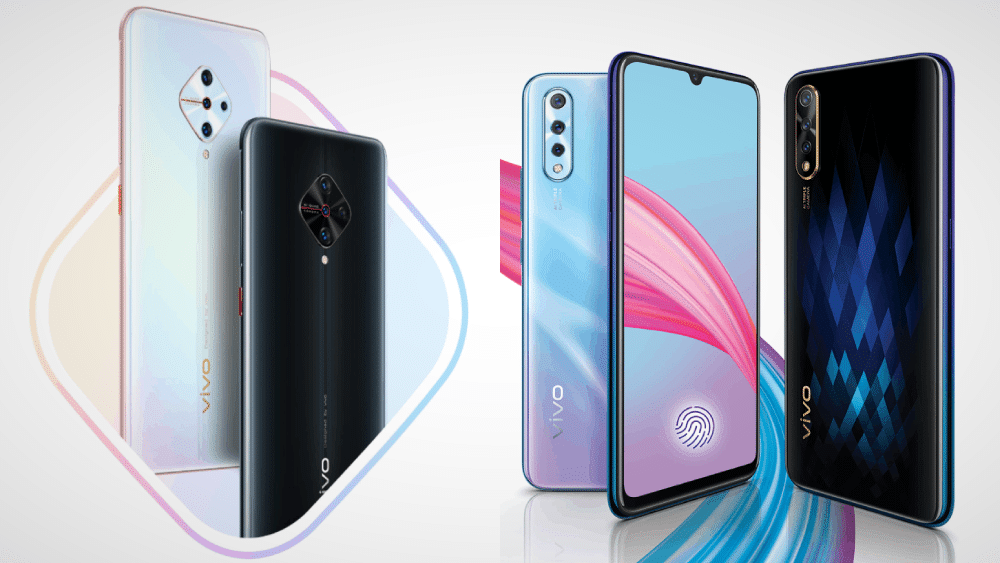
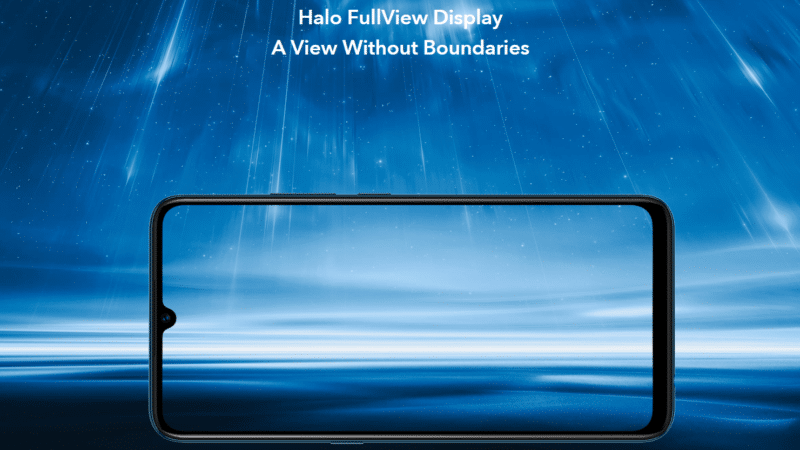
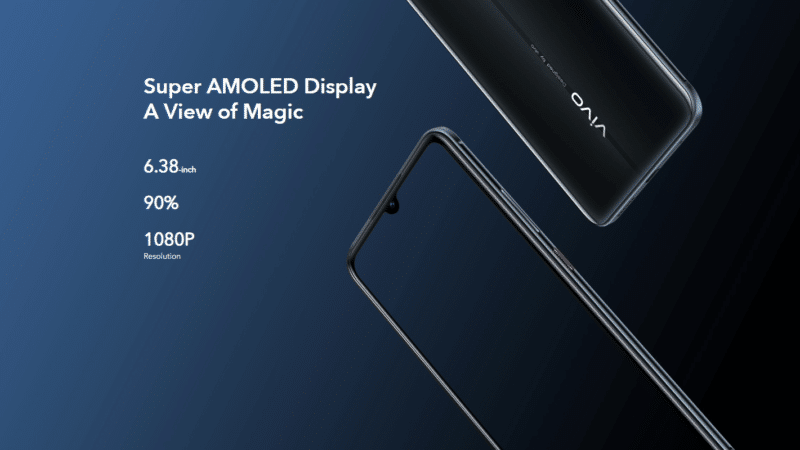
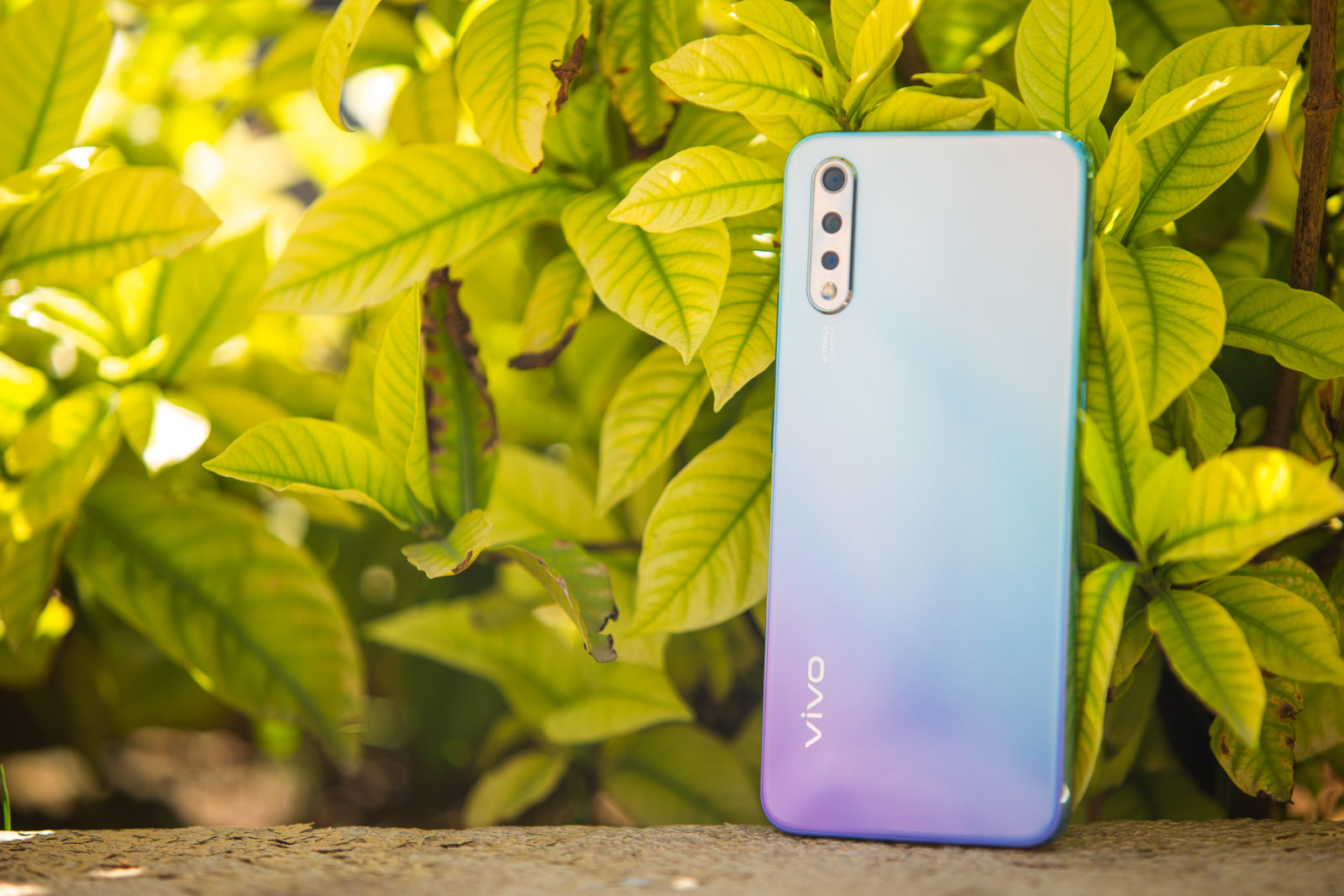
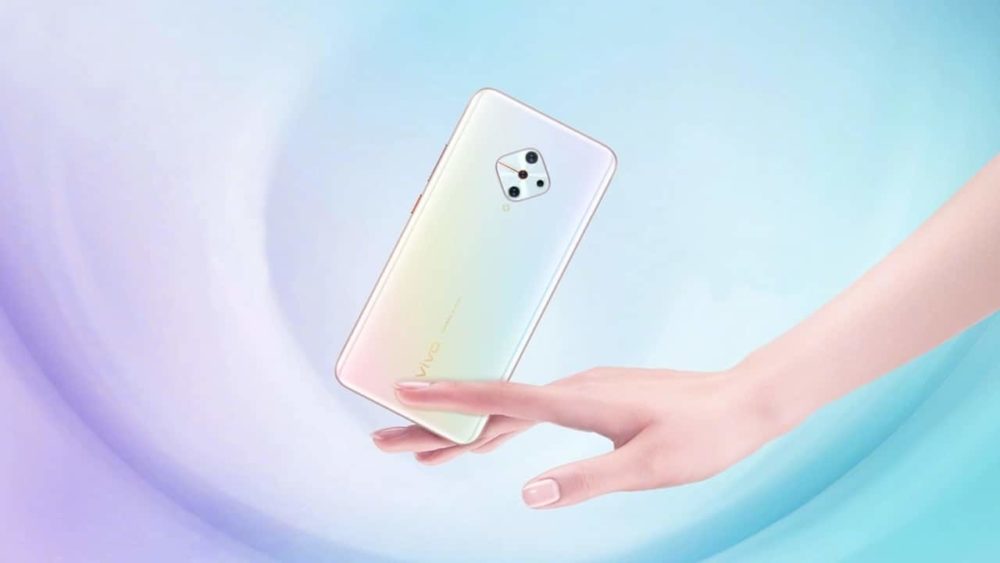
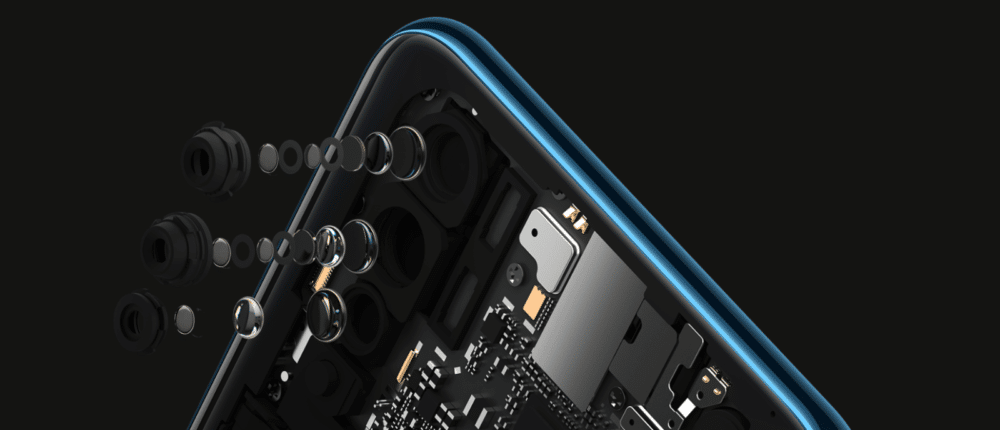
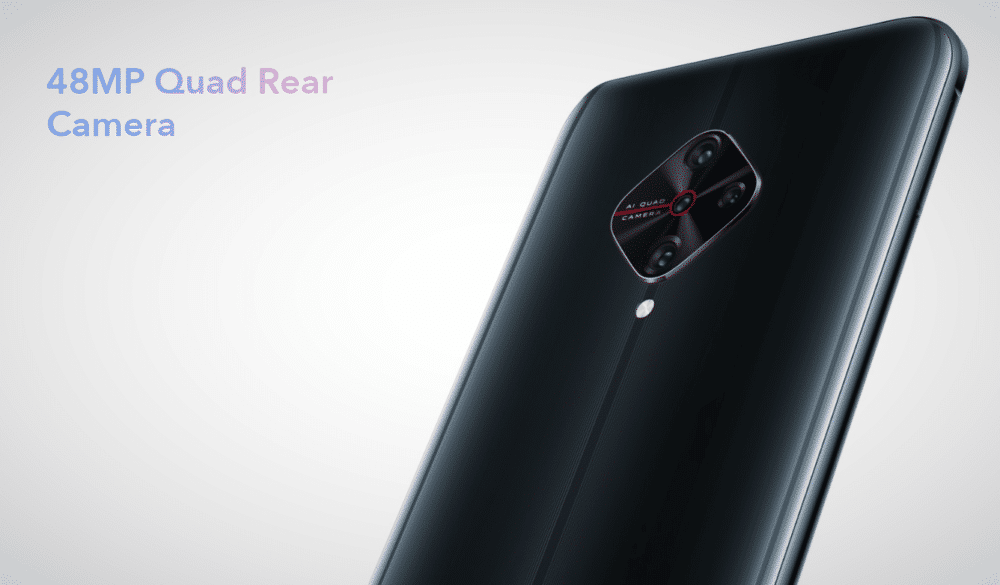
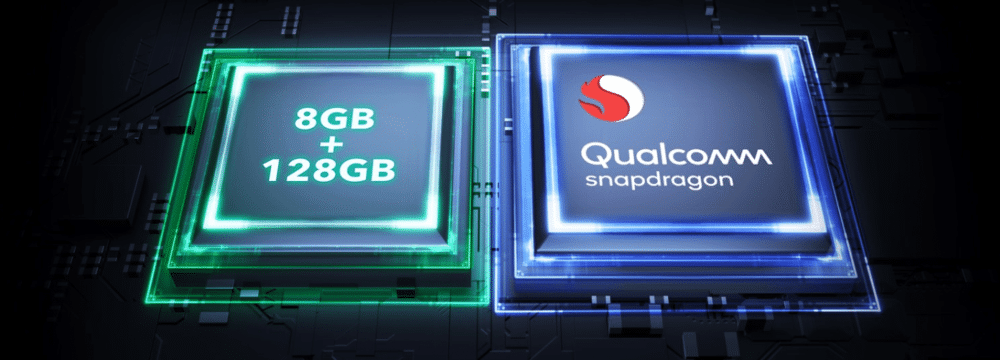
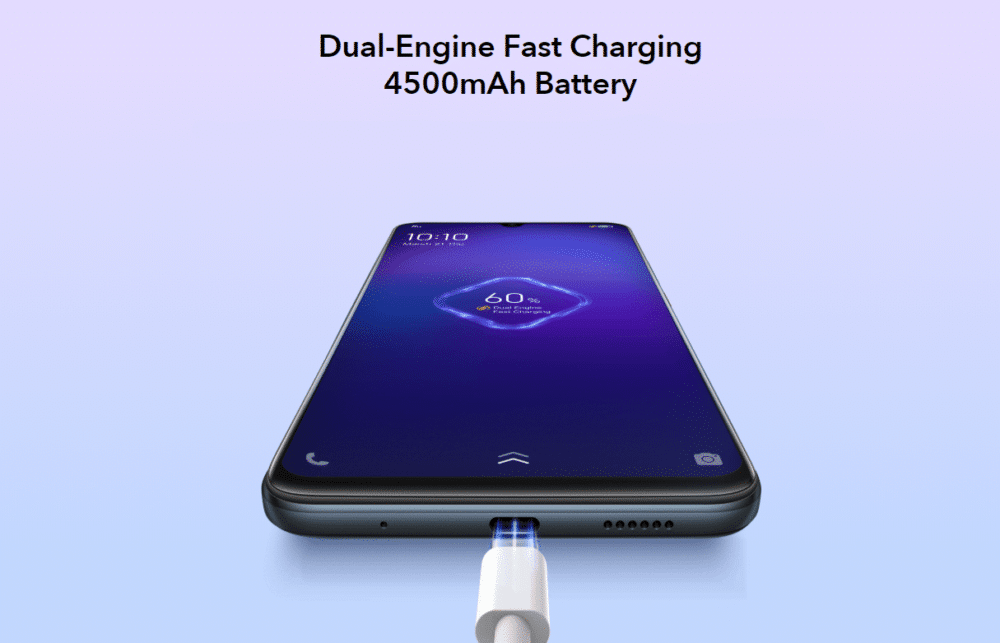





















Pro have Mid Range Processor & Best S1 Only